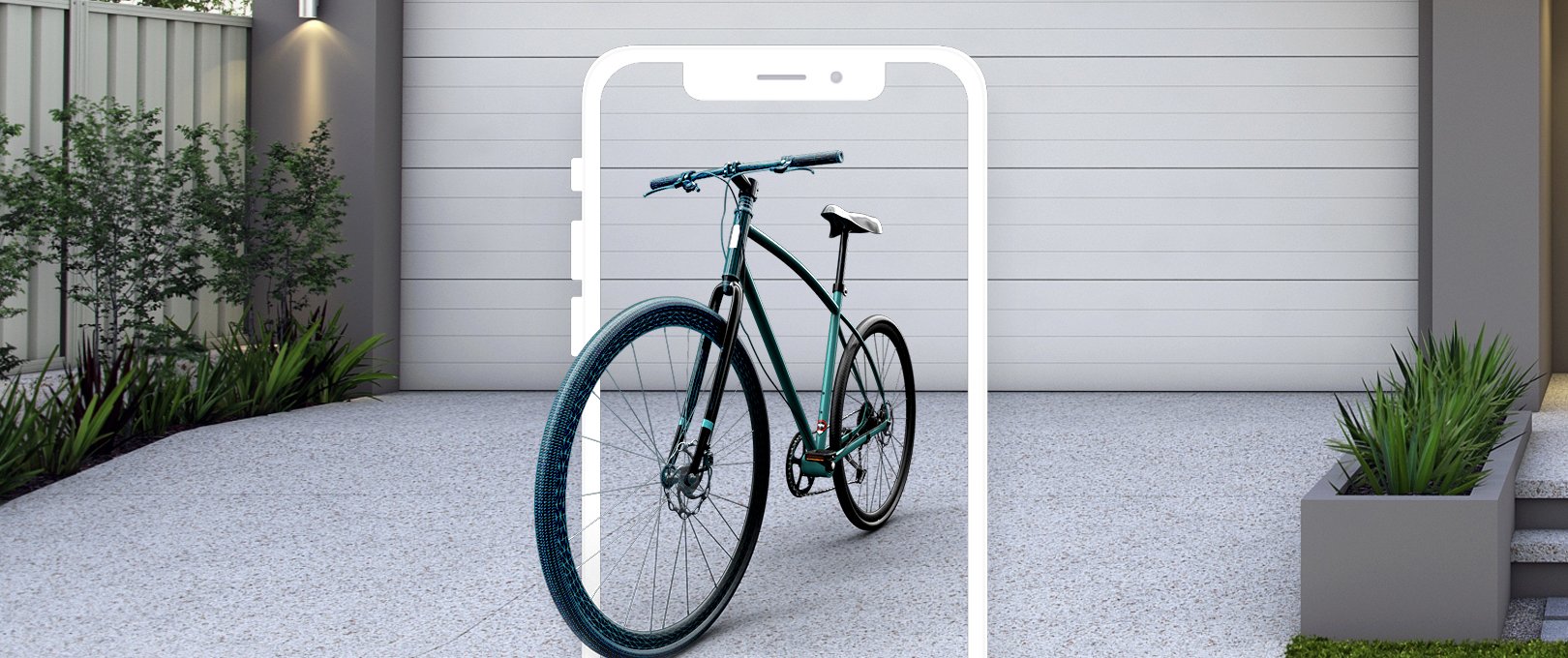
This post is adapted from ARtillery Intelligence’s report, AR Commerce: Monetization Comes Into View. It includes some of its data and takeaways. More can be previewed here and subscribe for the full report.
One key piece of the puzzle for AR commerce is the 3D assets that render and represent real products. This is an important and challenging component, especially for retailers like Amazon that have such vast product libraries, or even furniture-only players like IKEA.
And if it’s a challenge for them, it’s definitely a challenge for the long tail of mid-market and small business retailers. For this reason, we believe a key business opportunity over the next five years will be technologies that democratize and streamline 3D digital asset creation for physical goods.
“Whenever anyone asks what they need to get ready for the future, I say make digital twins of everything in your inventory,” Unity’s Timoni West told us. “A lot of companies don’t have that right now or they have CAD files for 3D printing that are too big and won’t work for mobile.”
Beyond tools for 3D digital asset creation, the next step in the value chain will be indexing and distribution. Think of it like Getty Images for AR components. We’ve seen some movement in this direction such as Sketchfab and Google Poly, though the latter is mostly artistic content.
In the near term, IKEA, Wayfair and others offering AR visualization rely on individual solutions to scan products. But the real opportunity is for specialized and standardized methods that can help them scale up 3D image libraries, and bring it within reach of smaller down-market players.
“Larger players like Wayfair and IKEA have their own means they’ve created in-house, because there’s nothing out there that’s scalable, affordable and easy,” said Super Ventures Partner Tom Emrich at a recent event. “These are startup opportunities that, as an investor, I’m looking at.”

Shopify Brings AR to 600K Stores
During Apple’s WWDC, the company announced AR Quick Look. This builds on one of AR’s most promising and monetizable use cases — product visualization — by making it more accessible to users in mobile browsers. And it’s accessible to developers using the new USDZ file format.
One area where Quick Look will shine is product visualization. And the latest company to adopt it is Shopify. The company announced that it will integrate Quick Look into its pervasive e-commerce suite, thus bringing it to 600,000 businesses and effectively lowering AR adoption barriers.
This will have a democratization effect, per the above. There are minor drawbacks, such as the fact that Quick Look only works on the Safari mobile browser, which limits its reach. Bike shop PureCycles reports that 50 to 60 percent its site visitors are mobile, and 70 percent use Safari.
And though USDZ will democratize 3D asset creation, it’s still a proprietary file format which will have some compatibility hurdles in early days. On the bright side, USDZ integrates directly with Adobe Creative Suite which is a big boost, given its ubiquitous design tools like Photoshop.

Overall, Shopify’s move is a step forward for AR commerce. This will continue to be a slow process of consumer and retailer acclimation. It’s a classic chicken and egg dilemma — retailers aren’t motivated to invest in AR when consumers aren’t yet clamoring for it… and vice versa.
But if there’s anything that will jumpstart that chicken & egg dilemma, it’s businesses taking the lead on adopting tools like Quick Look. They’ll need a business case but fortunately, we’re already seeing just that, with companies like Houzz reporting clear lifts in conversion rates.
See more details about this report or continue reading here.
For deeper XR data and intelligence, join ARtillery PRO and subscribe to the free AR Insider Weekly newsletter.
Disclosure: AR Insider has no financial stake in the companies mentioned in this post, nor received payment for its production. Disclosure and ethics policy can be seen here.
